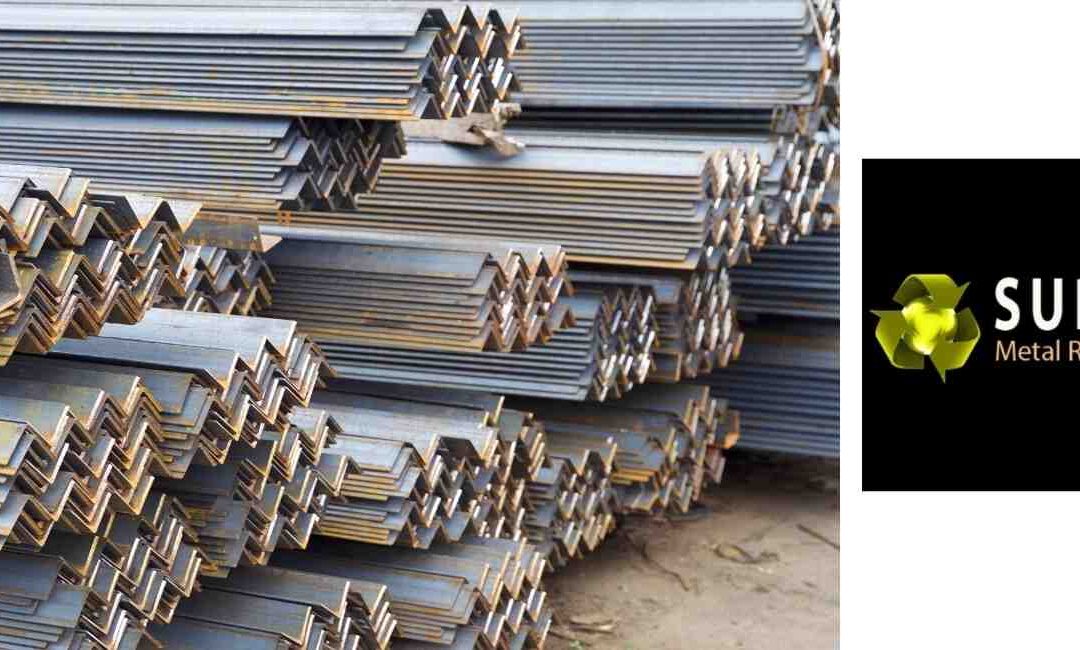Scrap metal is classified as either ferrous or non-ferrous scrap. While ferrous metals contain some degree of iron (its name derived from the Latin term meaning iron), non-ferrous metal does not contain iron as a component.
Both non-ferrous and ferrous metals have been used by humans since ancient times. Copper was the first metal to be forged, and then other non-ferrous metals, including silver and gold. Civilization transitioned from the Stone Age to the Copper Age and then the Bronze Age. Bronze is an alloy of copper and tin, another non-ferrous metal. The Bronze Age was followed by the Iron Age, which marked the production of tools and weaponry crafted from ferrous metal, particularly carbon steel.
Non-ferrous metals were the first metals used by humans for metallurgy. Copper me be forged. It was soft enough to be fashioned into various objects by cold forging and could be melted in a crucible. Gold, silver, and copper replaced some of the functions of other resources, such as wood and stone, owing to their ability to be shaped into various forms for different uses. Due to their rarity, these gold, silver and copper artifacts were treated as luxury items and handled with great care. The use of copper also heralded the transition from the Stone Age to the Copper Age.
The Bronze Age, which succeeded the Copper Age, was again heralded by the invention of bronze, an alloy of copper with the non-ferrous metal tin.
Scrap metal can be further categorized as either obsolete or prompt scrap. Sources of obsolete ferrous scrap include automobiles, steel structures, household appliances, railroad tracks, ships, farm equipment as well as other sources. Prompt scrap, also known as prime or new scrap, is generated as a by-product of industrial and manufacturing activities such as stampings, turnings, and clippings. Prompt scrap accounts for approximately half of the ferrous scrap supply.
Generally speaking, ferrous alloys are magnetic, although their magnetic attraction will vary as a consequence of the amount of iron in the alloy. Stainless steel is considered to be a ferrous metal but is not always magnetically attracted because a great deal of the iron is removed in the manufacturing process.
Recycling Rates For Ferrous Scrap
- for cars: 106%
- for appliances: 90%
- for steel cans: 66.8%
- for structural steel: 98%
- for reinforcement steel: 70%
Non-Ferrous Scrap Metal
Generated from a range of consumer, commercial and industrial sources, including copper and precious metal circuitry in electronic devices, soft-drink containers, automobile batteries and radiators, aluminum siding, airplane parts much more.
Recovered nonferrous scrap, including aluminum, copper, lead, nickel, tin, zinc and others, is consumed by secondary processors in Australia as well as in more than 100 countries worldwide.
Nonferrous metals do not degrade or lose their chemical or physical properties in the recycling process, resulting in their capacity of being recycled an infinite number of times.
Super Metal Recycling is based in Dandenong, Victoria, servicing for all types of Scrap Metals, Unwanted Cars, Junk Cars, Free Car Removals, Wrecked Cars, Smashed Cars, throughout Melbourne Metro areas. We offer cash for Scrap Cars, specialise in Old Car Removals, Car Wreckage Removal, Recycling of old cars and Scrap Metal Recycling.
If you are at Lyndhurst, below is the best way to visit us.


Recent Comments